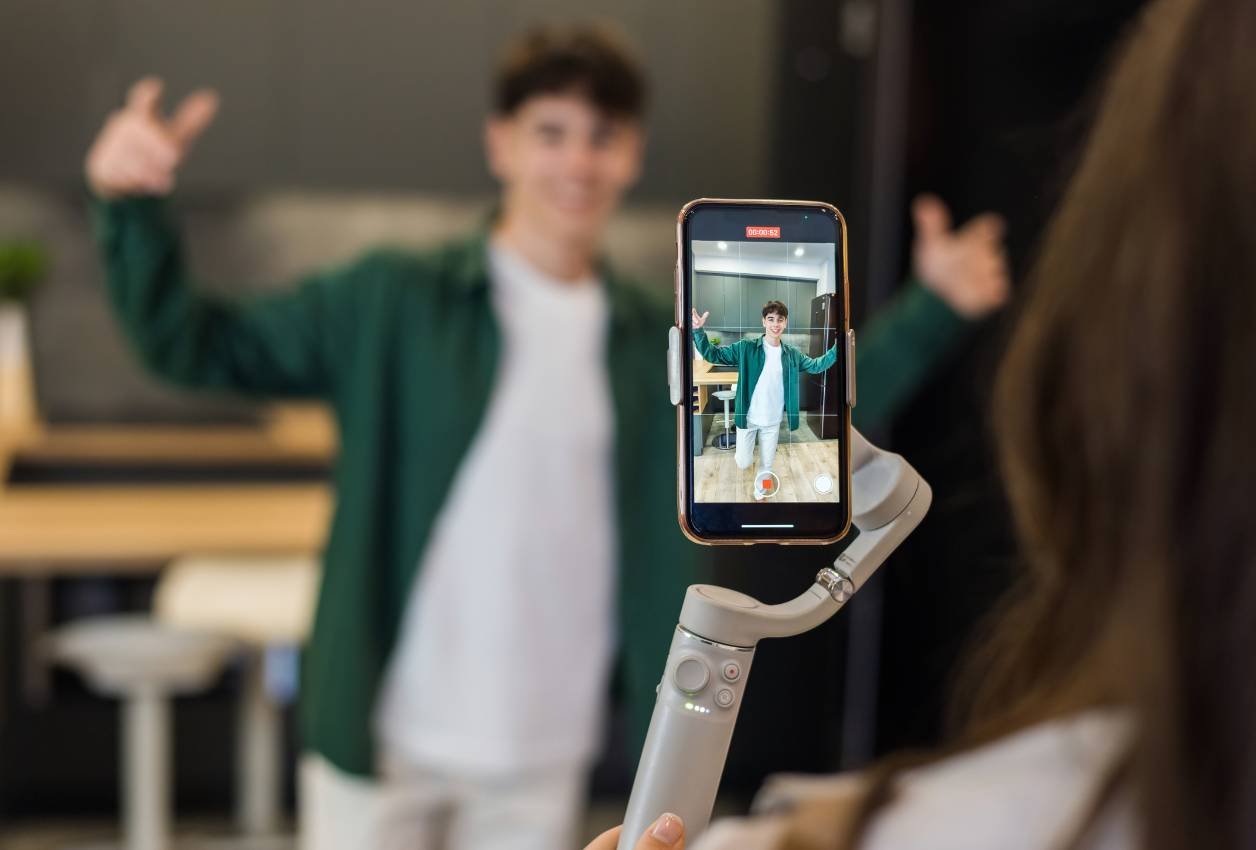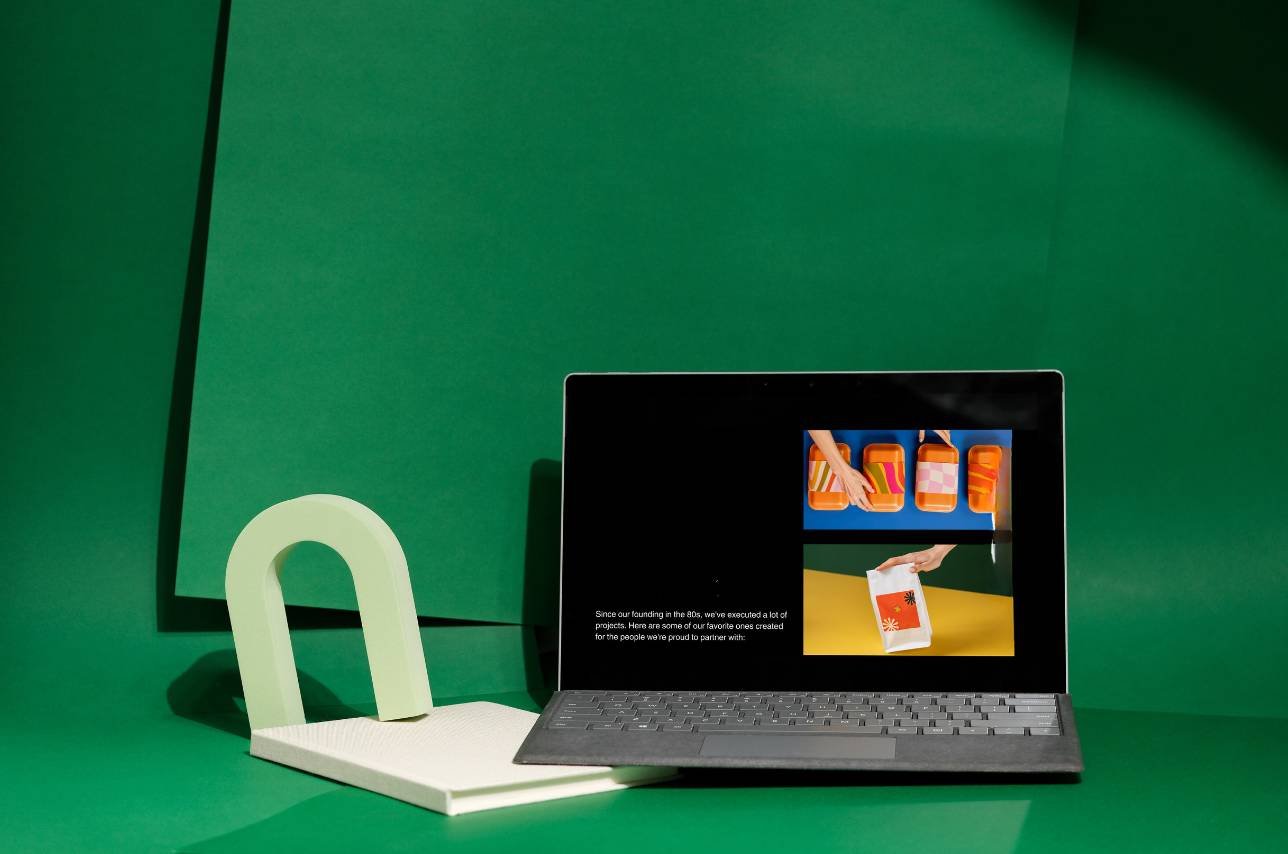If Influencer Marketing isn’t yet part of your 2025 strategy, keep reading.
In 2024, B2B brands moved from seeing Influencer Marketing as a “nice-to-have” to an essential part of their marketing mix—and you can’t afford to miss out. Here’s why this strategy matters and how you can effectively implement it.
What is Influencer Marketing?
Influencer Marketing involves brands collaborating with influencers—individuals with loyal followings—to create and distribute authentic content. It’s not just another channel; it fosters trust and relatability, two elements you can’t achieve through traditional paid posts. Consumers trust authentic voices over brand ads, and influencers provide just that.
Why Influencer Marketing is a Must-Have for 2025
Many marketers hesitate, thinking, “There are no influencers in my niche” or “I don’t have the budget or resources for this.” But the truth is, every niche has influencers, and the impact they provide is unparalleled. Let’s break down why Influencer Marketing is essential:
- Authenticity
In a digital world full of polished brand messages, authenticity stands out. Influencers offer real, relatable content that connects with audiences in ways brands simply cannot. When influencers vouch for your product, it’s seen as genuine and trustworthy.
- Content that Resonates
Let’s say you’re planning a trip to Tokyo. Do you trust information on Japan’s official tourism site or dive into a TikTok video from someone who’s been there? Most consumers turn to natural, relatable content by people they trust. Influencers bring that first-hand experience, creating powerful content that drives action.
- FOMO is Real
Still, trying to decide whether there are influencers in your niche? Search your industry on TikTok or Instagram, or ask ChatGPT for suggestions. You’ll quickly find influencers working with brands—possibly even your competitors. And when you see what they’re doing, FOMO (fear of missing out) is bound to set in. So why wait?
How to Implement Influencer Marketing in 2025
Influencer Marketing is a challenging win. It requires time, effort, and proper budgeting. Here’s a practical breakdown of what’s involved:
- Commit Resources
Influencer Marketing is a full-time job, and you’ll need to allocate a headcount in your 2025 budget to handle it. From finding influencers to managing the content pipeline and analyzing performance, one person can typically manage 20-40 influencer partnerships and deliver 30-50 monthly content.
- Budgeting for Success
You’ll also need a significant budget. Depending on whether you work with nano, micro, macro, or mega influencers, you can expect to receive 2 to 50 pieces of content. Agency fees range from 15% to 25% of your campaign budget, so whether you hire in-house or outsource, the investment is crucial for success.
- The Workflow Breakdown
Influencer Marketing has a defined workflow:
- Define Campaign Goals: Set clear KPIs upfront for awareness or sales.
- Influencer Discovery: Start by researching relevant influencers in your niche.
- Outreach & Negotiations: Build relationships and agree on terms.
- Content Pipeline: Manage creation, approval, and feedback loops.
- Monitor and measure: Track the success of your campaign and adjust based on results.
- Timeline: The entire process should begin at least 30 days before each campaign launch date.
Measuring Success
Influencer Marketing KPIs will vary based on your goals. Are you focusing on brand awareness or direct sales? Make sure you track the right metrics, from engagement rates to conversions, to understand the true impact of your campaigns.
Influencer Marketing is no longer a trend—it’s a must-have for brands looking to remain competitive in 2025. With proper planning, budgeting, and resources, you can leverage this powerful strategy to build trust, drive engagement, and achieve measurable success.
Ready to leap? Start your journey today by identifying influencers to amplify your brand’s voice.





